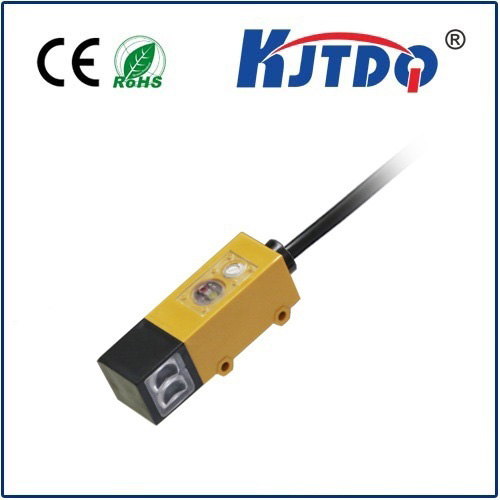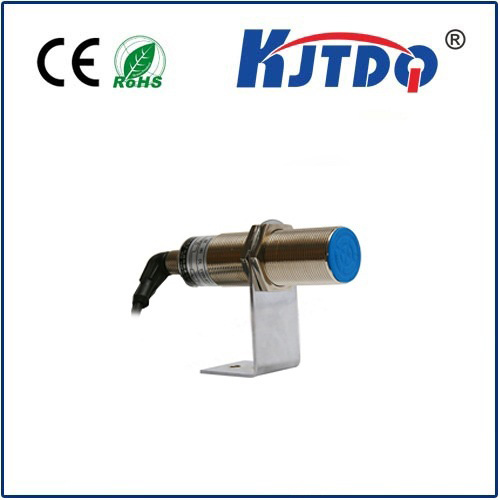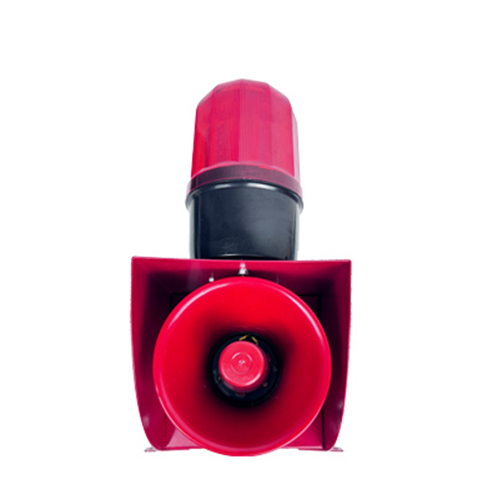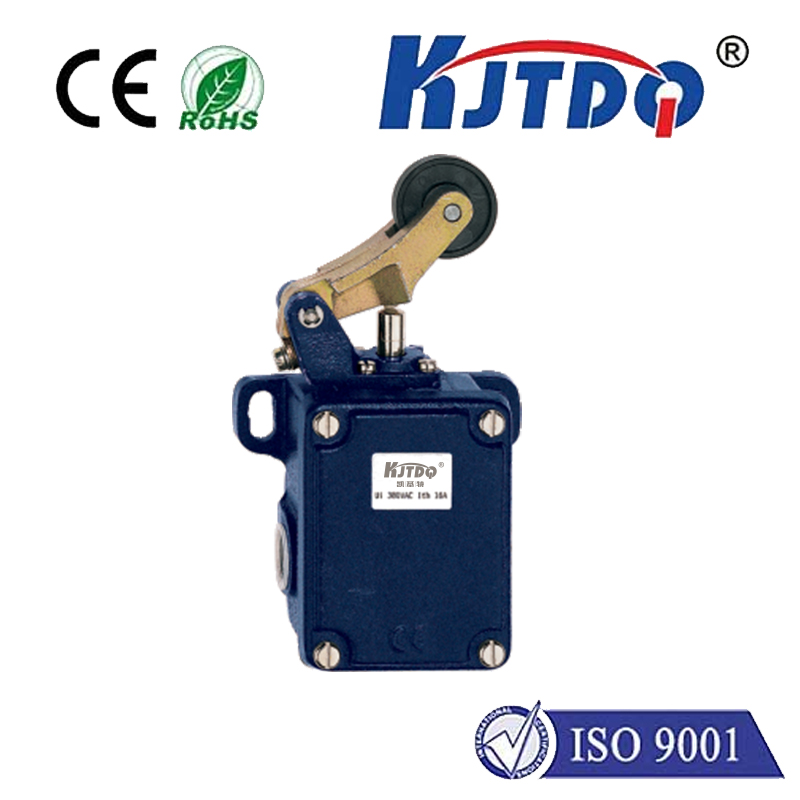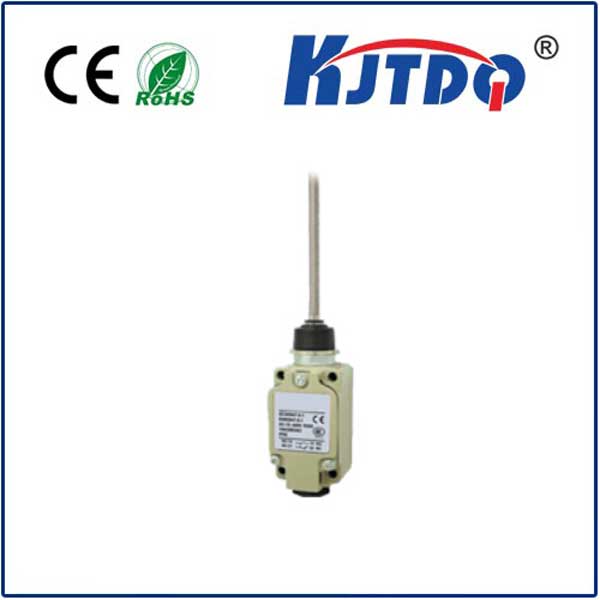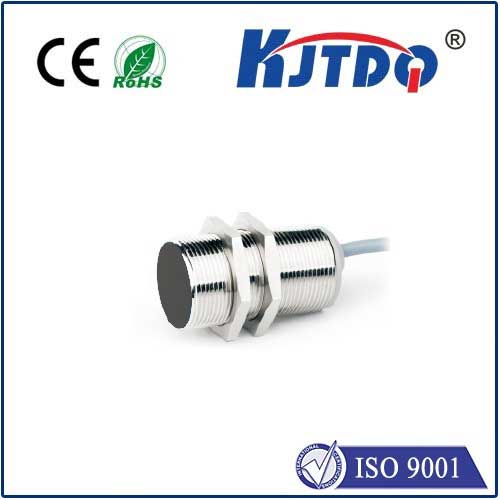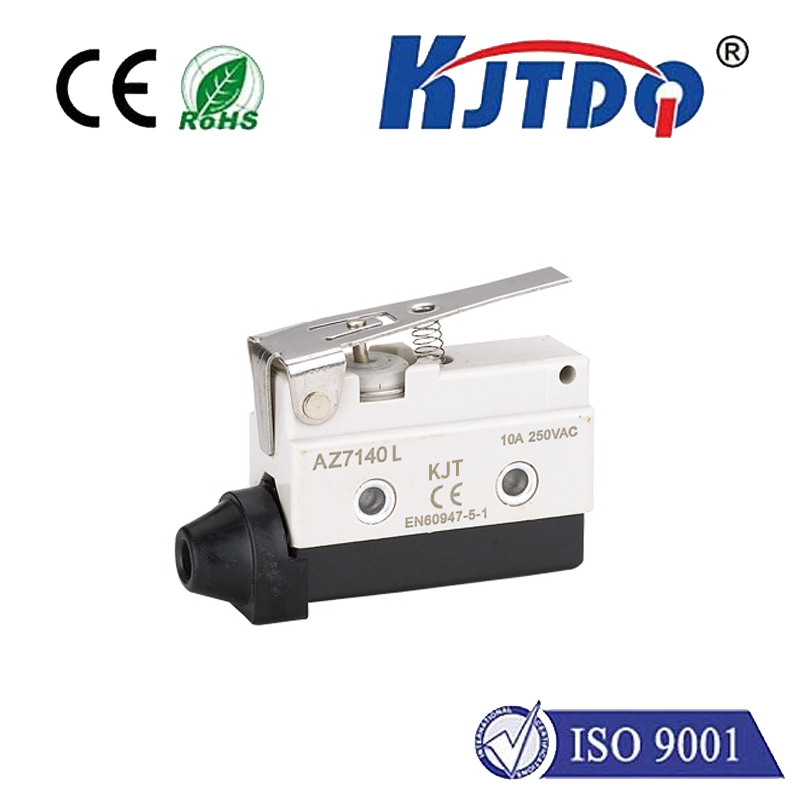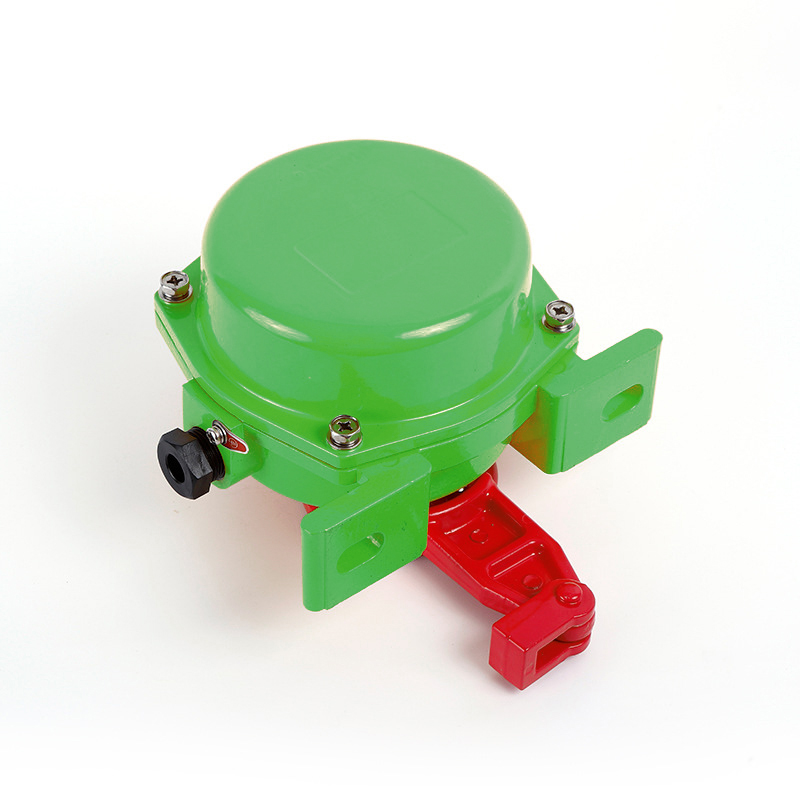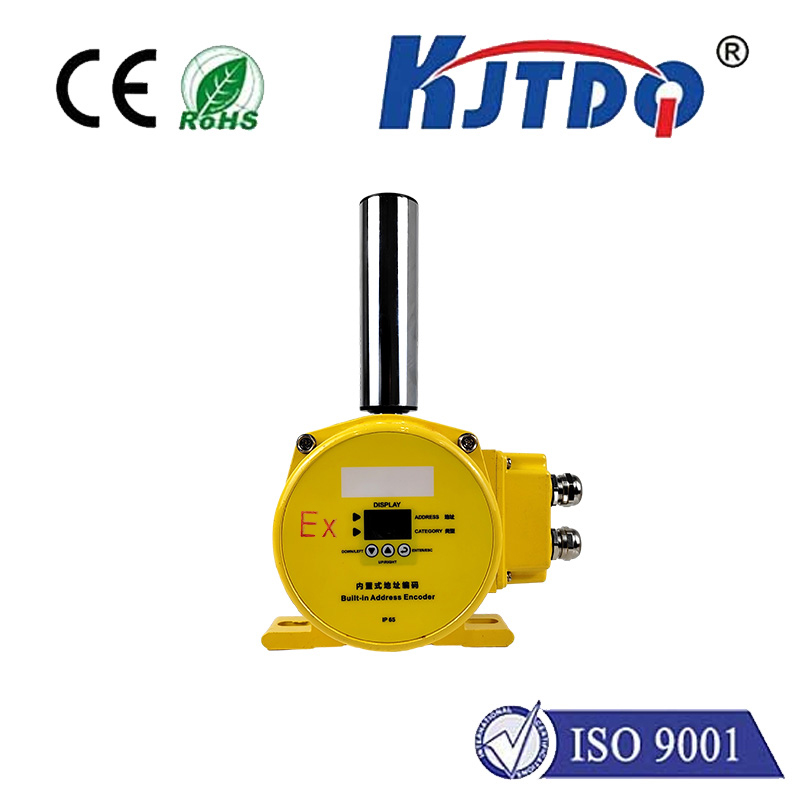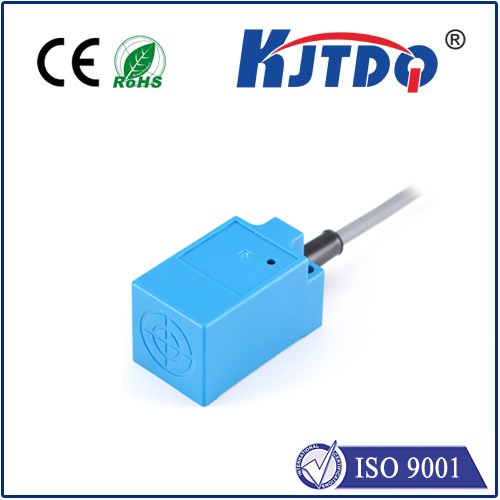

check

check

check

check

check

check

check

check

check

check
Imagine your phone screen magically turning off when raised to your ear, or a robot vacuum smoothly navigating around furniture legs without bumping. What invisible sense makes this possible? The answer lies in a remarkably common yet often unseen technology: the infrared proximity sensor. These compact electronic components are fundamental to countless devices, enabling touchless interaction, object detection, and automated responses within our daily lives. But how do they achieve this seemingly simple feat? This guide delves into the workings, types, applications, and selection considerations for these essential sensors.
At its core, an infrared proximity sensor operates on a straightforward principle: emitting light invisible to the human eye and measuring the return signal. It consists of two key elements: an infrared emitter (usually an IR LED) and an infrared detector (like a photodiode or phototransistor). The emitter sends out a beam of infrared light. When an object enters the sensor’s detection range, this IR light reflects off the object’s surface. The detector then picks up this reflected light. Crucially, the amount of reflected light received by the detector correlates directly with the object’s proximity. The closer the object, the stronger the reflected signal. The sensor’s internal circuitry processes this signal, typically translating the intensity of the reflection into an electrical output (like a simple on/off switch or an analog voltage) that indicates presence or distance.

Not all infrared proximity sensors function identically. The most prevalent type is the diffuse reflective (or reflective) sensor. Here, the emitter and detector are housed together, facing the same direction. The sensor relies on light bouncing directly back from the target object to the detector. This design is compact and cost-effective, making it ideal for applications like detecting a user’s face near a smartphone screen or sensing paper in a printer tray. Another significant category is infrared time-of-flight (ToF) sensors. These are far more sophisticated. Instead of just measuring reflected light intensity, they precisely calculate the time it takes for an emitted IR pulse to travel to an object and bounce back to the detector (distance = (speed of light × time delay)/2). This method provides highly accurate distance measurements, not just presence detection, and is less susceptible to variations in object color or reflectivity. Sensors like the popular VL6180X exemplify this technology, enabling complex tasks like gesture recognition and small-area 3D mapping.
The applications for IR proximity sensors span an incredibly broad spectrum of industries and everyday products:
Selecting the right infrared proximity sensor requires careful consideration of several key parameters:
Looking forward, infrared proximity sensing technology continues to evolve. Miniaturization allows for even smaller sensors to fit into increasingly compact devices like wireless earbuds. Lower power consumption extends battery life significantly in portable electronics. The integration of multiple sensors into single modules (e.g., combining proximity, ambient light, and gesture sensing) simplifies design and reduces costs. Furthermore, increased intelligence and processing at the sensor level improve accuracy and robustness. As the Internet of Things (IoT) and smart home ecosystems expand, the demand for reliable, low-cost proximity detection will only grow. Advancements in ToF technology, potentially leveraging VCSEL (Vertical-Cavity Surface-Emitting Laser) illumination, promise even higher resolution and longer-range capabilities, opening doors to new applications in robotics, augmented reality, and enhanced user interfaces.
From the smartphone in your pocket to complex factory robots and the touchless restroom faucet, infrared proximity sensors are a fundamental, enabling technology. Their ability to detect presence and distance without physical contact, reliably and cost-effectively, makes them indispensable. Understanding their principles, variations, and applications empowers engineers, designers, and curious users to appreciate and effectively leverage this invisible workhorse of the modern world.
